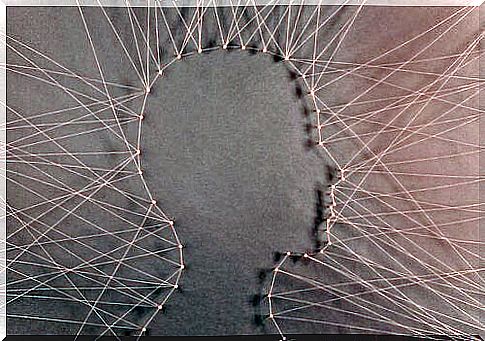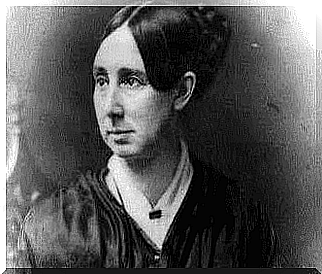Dorothea Dix And The Mental Hygiene Movement

Have you ever heard of Dorothea Dix and the Mental Hygiene Movement? Unfortunately, most people have never heard of this incredible woman. Dorothea Dix was first a pioneer of mental health reform. She also made important contributions in her field.
Her tireless dedication to the Mental Hygiene Movement improved the living conditions and treatment of people with mental illness.
Dorothea Dix (1802-1887) did not have a happy childhood. She grew up in the United States with an alcoholic father and a mother with severe mental disorders. She was therefore very sensitive to the underprivileged and socially disadvantaged groups. Her experiences led her to create the Mental Hygiene Movement.
At 39, Dorothea Dix volunteered at a prison for women with mental health problems. This made a lasting impression on her and gave her ideas for her movement.
The primary goal of her movement was to make appropriate psychological treatments available to everyone, including the homeless. This simple idea led to important changes.
It helped implement what we know as moral treatment. It also changed the hygienic conditions of mental health institutions.

The “crazy”: marginalized in society
In the early 18th century, people with signs of serious mental health problems were labeled “crazy”. Basically, people believed that madmen had no judgment or reason whatsoever. They were treated like wild animals to be locked up in insane asylums.
They were also the subject of ridicule and contempt. Conditions in the insane asylums were inhumane. For example, patients were beaten, starved, isolated and forced to ingest chemicals.
One of the factors that helped change the situation was the treatment of King George III. He was known as “Mad King George” because he suffered from porphyria. His doctors tried an unusual treatment for this disease, in which he drank large amounts of donkey’s milk.
The success of this treatment sparked a social optimism about the possibility of using therapeutic interventions for patients with mental health problems.
Moral Treatments: Human and Individual
From there, society came closer and closer to a psychosocial approach to mental illness. The first half of the 18th century was defined by the principles of the Enlightenment. Recognition of individual rights became a necessity. In this context, the “moral treatment” arose.
People associated this term with emotions and psychology. It was also closely linked to the idea that there is a code of conduct that everyone should follow.
Some of the basic ideas of moral treatment were the natural and respectful treatment of hospitalized patients. Interpersonal interaction and contact were also very important, as was individual attention.
These ideas deviated completely from previous views on mental health and psychiatric patients. They embraced humanity, individualization and the careful cultivation of social relationships.
In fact, moral treatment in Europe and the United States was what turned insane homes into livable places that put the patient’s recovery first.
The Decline of Moral Treatment
However, after the first half of the 18th century, this therapeutic strategy fell into disrepair. This was due to the many patients seeking help from these mental health facilities.
This increase was the result of several factors. One of these was the arrival of immigrants after the American Civil War. Another factor was Dorothea Dix’s Mental Hygiene Movement. The unexpected and immediate result of her move was the disproportionate increase in the number of hospitalized patients.
When Dorothea arrived in England, she developed lung problems. During her illness, she spoke to many theorists who helped her learn different approaches to mental health. For example, some of these were:
- the moral treatment
- the contrast between living in solitude and living in society
- removing mechanical constraints
- occupational therapy with patients
Dix also visited a women’s hospital as a volunteer. She saw with her own eyes the deplorable living conditions of the patients. The situation shocked her so much that she decided to devote herself fully to the cause. That was when she visited all kinds of institutions, both for mental health care and prisons.
Her goal was to fully understand the mistreatment and abuse patients experienced so that she could change the situation. From there, her Mental Hygiene Movement advocated the elimination of social prejudice. She and her followers fought for human dignity.

The Mental Hygiene Movement
Dix managed to gather enough evidence of the problem to appeal to the Massachusetts legislature. This allowed her to change the terrible living conditions of mental health patients. Not only that, but also the abuse they experienced.
She published her book Remarks on Prisons and Prison Discipline in 1845, in the United States. This book also helped establish psychiatric hospitals in eleven states across the country.
Dorothea Dix may not be one of the most famous women in history. However, her contributions to mental health were significant. Her tireless dedication brought ethics and morals back into therapeutic treatments for patients with mental health problems.
Finally, without her work, the mistreatment of patients could have continued for decades. Dix and others fought valiantly to reform these institutions. We now know them as the initiators of a new era when it comes to intervention and treatment of people with mental illness.









